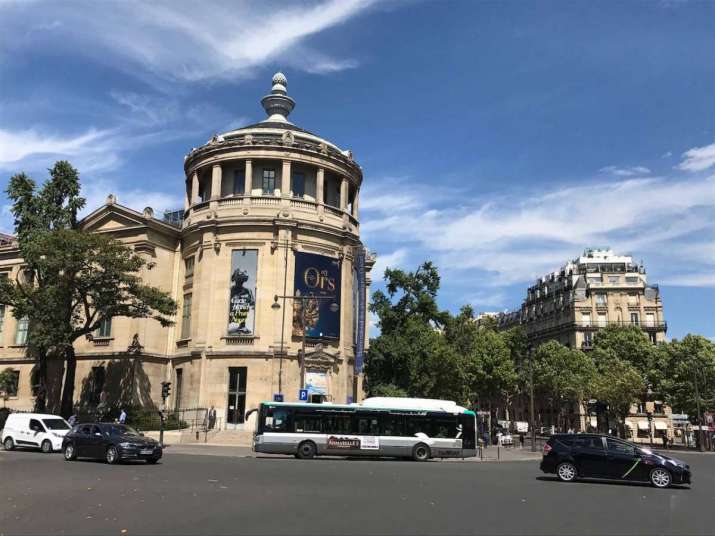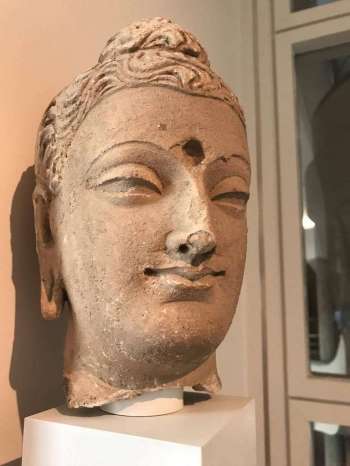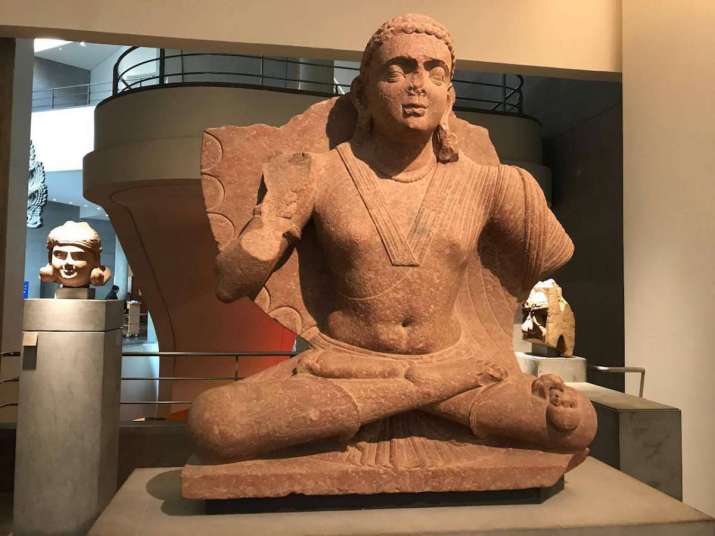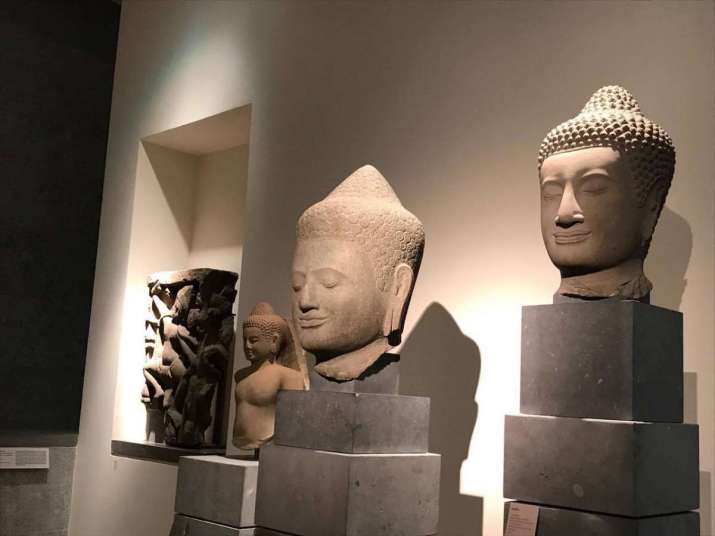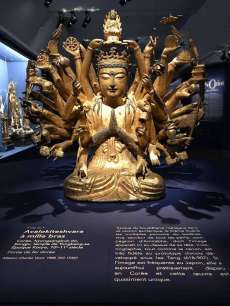Located within the metropolitan area at 6 Place d’lena in the 16th arrondissement (administrative district), across the river from the Eiffel Tower and a few steps from the Iéna Métro station, the Guimet Museum is home to thousands of sacred artifacts. It was founded in Lyon in 1879 by Emile Etienne Guimet, a French industrialist, traveler, and art lover. In 1885, Guimet handed this museum over to the state, which transferred the collections to Paris. Because Guimet was a traveler, he was commissioned by the minster of public instruction in 1887 to study the religions of Asia. The museum contains many items he acquired during his travels. Of course, accumulating such treasures back then with little thought given to the consequences was common.
Many of the later artifacts in the museum were collected from Asia by colonial French authorities. From December 2006 to April 2007, the museum hosted collections from the National Museum of Afghanistan in Kabul, with archaeological objects from the Greco-Bactrian city of Ai-Khanoum (once called the Alexandria on the Oxus), and the Indo-Scythian wealth of Tillya tepe, an archaeological site in the northern Afghanistan province of Jowzjan.
